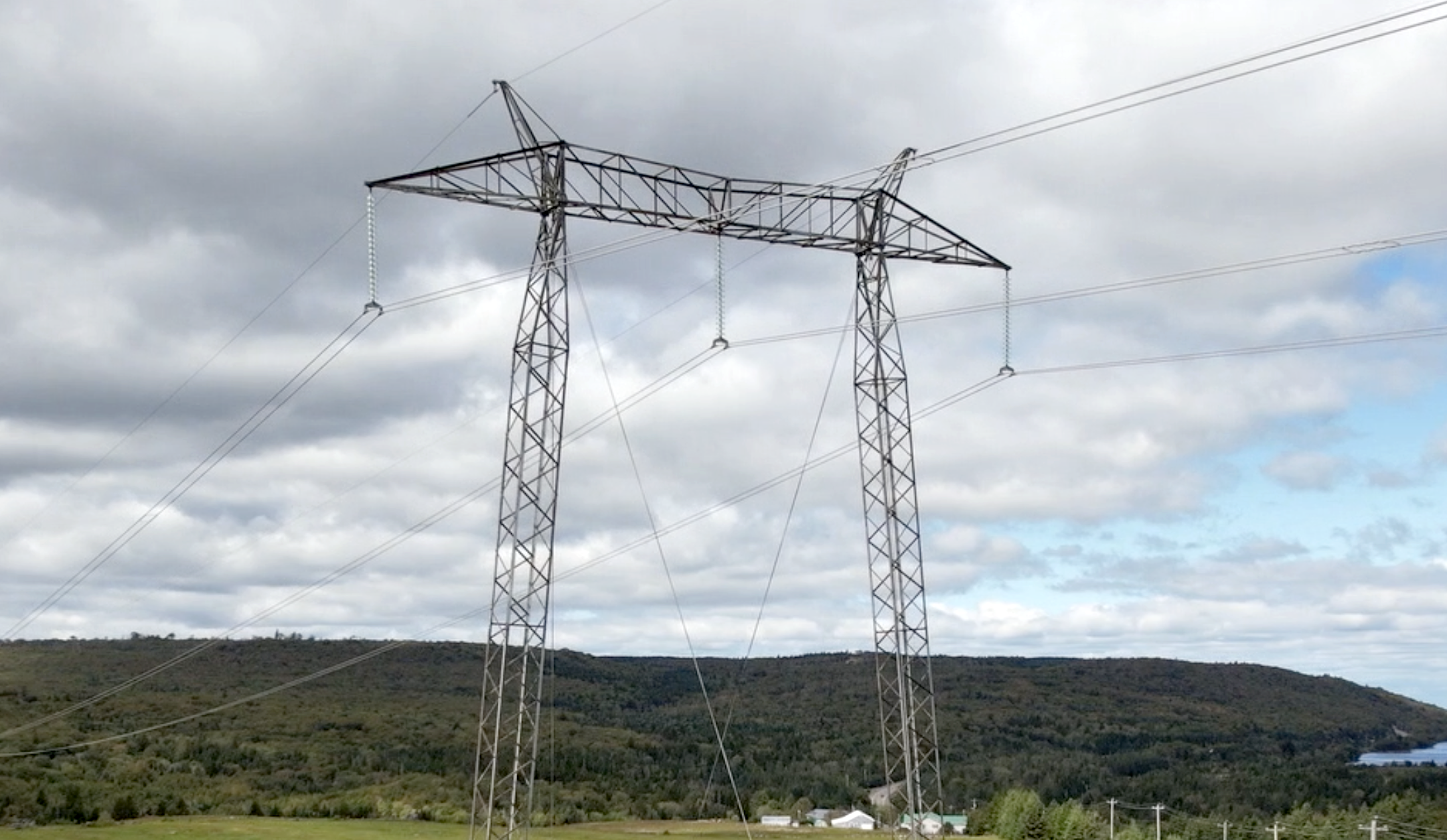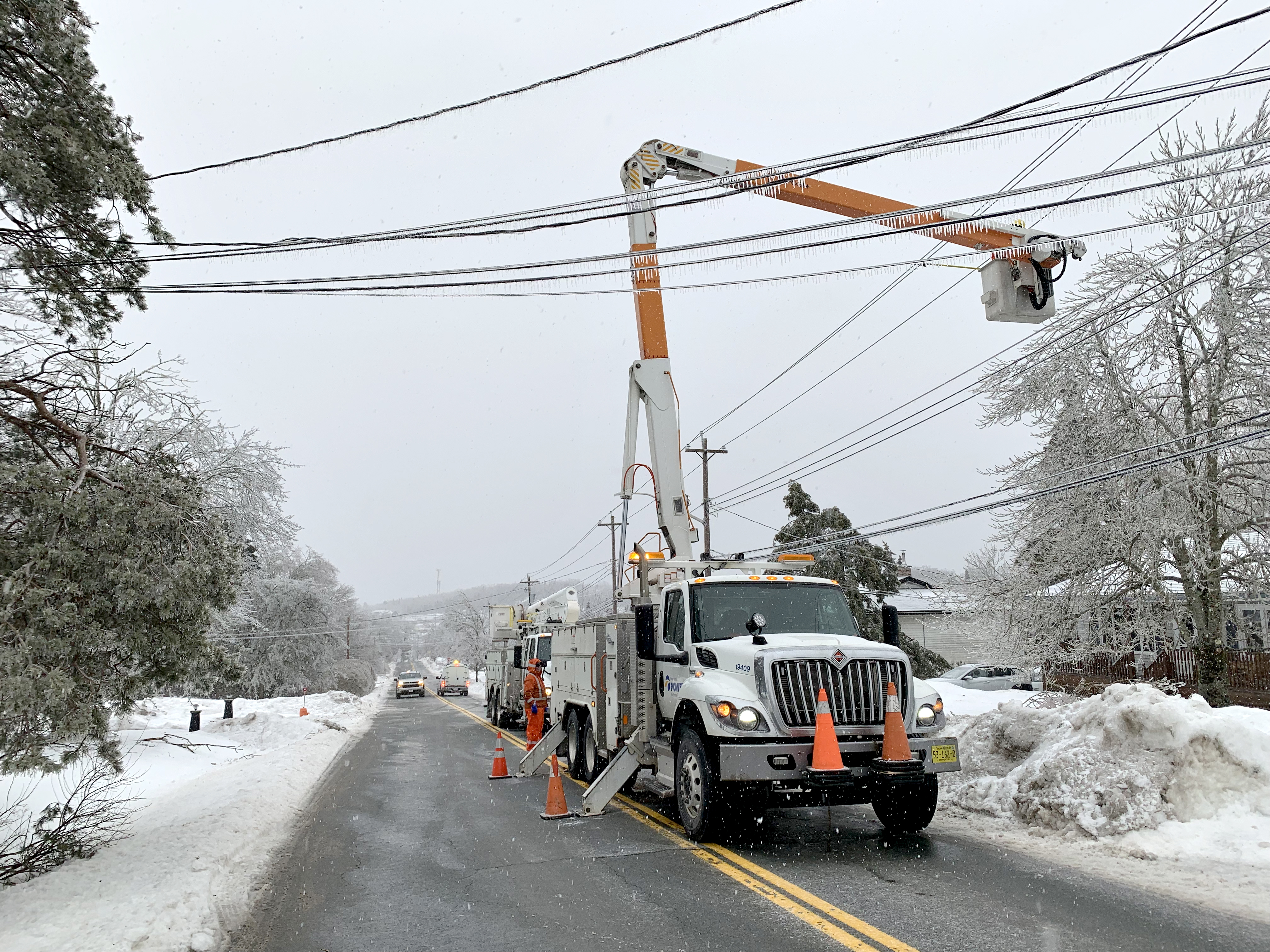What to expect this hurricane season and how to stay prepared
It’s been an eventful year for weather here in Nova Scotia. From the record-breaking cold temperatures in February, to the heartbreaking wildfires and flooding we experienced over the summer, we’ve faced challenging and extreme conditions.
So, as we kick off another fall hurricane season—one that we hope will be less eventful than last year’s—staying prepared is critical. We chatted with Bob Robichaud, Warning Preparedness Meteorologist with Environment and Climate Change Canada, Matt Drover, our Storm Lead and Senior Director for Energy Delivery, and Jason Mew, Incident Management Director at the Nova Scotia Emergency Management Office. They shared insights on what’s in the forecast for this season, along with some helpful tips for staying safe and storm ready.
Expect a stormy fall
Earlier this spring, the U.S. National Oceanic and Atmospheric Administration (NOAA) predicted an average number of storms—but Bob tells us about two competing factors at play that could influence our storm season.
“This summer we’ve seen our water warm up significantly—and that typically brings stronger, more frequent storms”, he says. “On the flip side, this year we also have El Niño, which tends to put a cap on the number of storms we experience.”
NOAA’s update for our 2023 outlook calls for 14 to 21 named storms, including six to 11 hurricanes and two to five major hurricanes in the Atlantic. And while these numbers might sound daunting, Bob explains that typically about 35 to 40 per cent of the storms that form in the Atlantic find their way into the Canadian Hurricane Centre’s response zone.
“The percentage of storms that make it to Nova Scotia vary from year to year, but it only takes one major storm to make an impact—just look at Hurricane Fiona.”
Reflecting on Fiona: how we approach major storms
Fiona was a storm for the history books—both in size and impact. Matt, our storm lead, explains that it called for a storm response that was historic, too.
“During Fiona we had over 1,500 people working in the field, including more than 1000 out-of-province powerline technicians and more than 200 forestry workers”, he says. “We take an all-hands-on-deck approach to any major storm response—our crews and contractors are incredibly dedicated to our customers, no matter the time of year. If there is a storm and our customers are without power, they’re out there working safely to make sure the lights come back on as quickly as possible.”
Storms are unpredictable and each one is different. Our planning and preparedness, however, is consistent and reliable. We work throughout the year to ensure we’re prepared for storms and severe weather. We’re always watching the weather and when we see a storm making its way towards Nova Scotia, we use modelling to help us predict the storm scenario and damage. This enables us to estimate the impact, station our crews, and bring in extra resources when needed.
Depending on the magnitude of the storm, we also open our Emergency Operations Centre (EOC).
“The EOC is our coordination hub for all storm restoration”, says Matt. “We bring our experts and team leads together in one location to make sure we have a well-coordinated plan in place. We also send representatives to sit with the team at the EMO to help ensure coordination with all our partners.”
For Jason Mew, that collaboration between teams is critical—and not just during storms.
“Our team at the provincial Emergency Management Office (EMO) meets with key stakeholders like Nova Scotia Power and Environment and Climate Change Canada throughout the year”, he says. “It’s important that we stay sharp, keep the lines of communication open and be as streamlined as possible. That way, when a storm comes, we’re ready to work together and hit the ground running.”
Staying storm ready
Just as we work to always stay prepared, it’s important that Nova Scotians do the same. Jason’s advice? Keep an eye on the weather, and plan for the storm to be worse than expected so you’re ahead of the game.
“Monitor any warnings or special weather statements. When you know a storm is on the way, we recommend ensuring you have what you need in your emergency kit to get through several days at home without power.”
If you don’t have an emergency plan for your home and your family, Jason cites Get Prepared as a helpful resource to find the tools and guides to get started.
“When it comes to building your emergency kit, start with the essentials like fuel, water, medicine and non-perishable food”, he says. “Then think about the items you’ll need to stay comfortable during a storm and power outage—things like flashlights, batteries, and a battery bank for your cell phone. You can even pack things like games to help keep kids occupied.”
Bob also emphasizes the importance of watching the weather—and ensuring you’re checking a reputable source for your information and updates.
“Storms and extreme weather can cause a lot of anxiety, so it’s important that you get accurate, timely information from a source you can trust. Environment and Climate Change Canada or the National Hurricane Centre are two great options—and once you know a storm is on the way, you should also be checking in with your municipality. They can keep you informed on comfort centres in your area, so you know where to go locally for assistance.”
Our outage map is another helpful resource to bookmark—it’s the best place for power outage updates, and estimated restoration times during a storm.
Keeping safety top of mind
First and foremost, for us when it comes to storms is always safety–keeping our employees, contractors and customers safe is the most important aspect of our work. And while we hope we don’t have an active hurricane season, there are a few important safety tips to keep in mind if a major storm does come our way.
“If you come across downed wires, please stay back and don’t try to move or remove it yourself”, says Matt. “Always call us or call 911. And during a hurricane, if there is a risk of water entering your basement, or any part of your home, disconnect all electrical equipment and safely turn off the main breaker.”
Jason reminds us that one of the best ways to stay safe, is to stay prepared.
“Now is the right time to get ready for storm season—take stock of your emergency kit and get the items you need. Beat the rush so that you can stay safe and weather the storm in comfort.”
Storm Preparation Resources
Share This Post:





